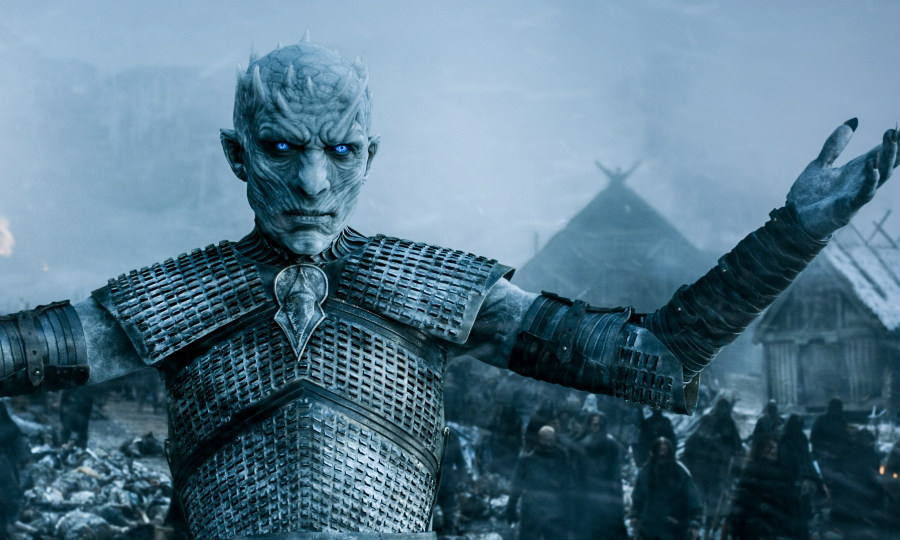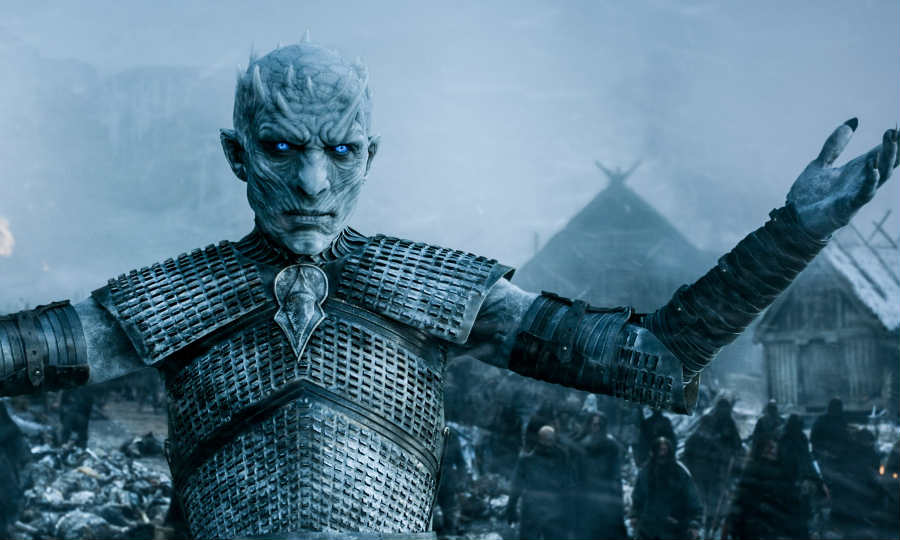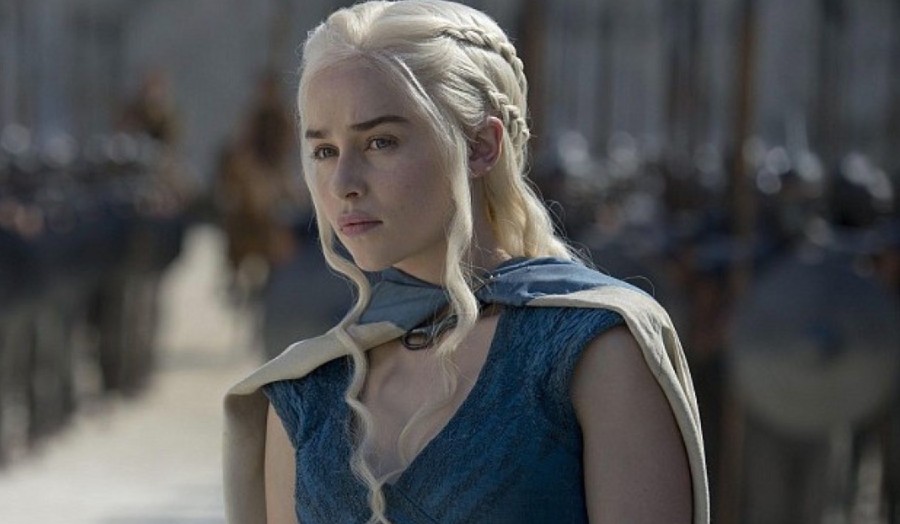The long night finally came, and it was definitely dark, full of terrors and plenty of other stuff I couldn’t see. Was it my TV or the Night King, or just a collection of really poor choices in direction?
After 15 years of build up, reading the books, watching the series and conspiring over fan theories, there was a hell of a lot of pressure on this episode to be incredible. The whole world was watching and after the phenomenal Battle of the Bastards, the bar was high.

The latest Game of Thrones episode The Long Night divided fans thematically, and visually. Was it too dark, or did your TV just suck?
After the first brilliant 15 minutes of intense suspense, silence and the flight of the flaming Dothraki into the unknown, it’s safe to say I was on the edge of my seat. However, then the Night King concocted a mammoth magical storm to ghost out the dragons’ and army’s vision. Too bad it did the same to me. I was soundly confused and somewhat laughing at the barrage of blurry images flashing across my screen.
I understand the dedication to creating a really dark episode, it is called The Long Night after all and was shot for 11 weeks straight completely in the dark, which is a pretty impressive feat for all crew on set. However, if enough people are being told by Director of Photography Fabian Wagner, who shot the episode, that “a lot of people don’t know how to tune their TVs properly” then something is seriously amiss.
“A lot of people also unfortunately watch it on small iPads, which in no way can do justice to a show like that,” he continued.
One reason for this however is that most TVs are LCD sets which have a very tough time producing deep blacks due to backlights. On an OLED monitor the darkest greys are far more prominent and thus the picture is highly resolved.
If the picture didn’t phase you check out the incredible making of the episode below:
However, even if you had a fancy TV it may not have helped, depending on whether you streamed the episode or watched it via cable. Due to the high demand of streaming, the TV providers can falter on constantly delivering a steady signal. As a result an issue called colour banding occurs wherein a kind of visual artefact degrades and the line of delineation along a colour gradient becomes pronounced and noticeable.
In hindsight, either the series directors were trying to deliver such a high quality show that HBO could not deliver, or fans were not pre-emptive enough to adjust their TV settings. But it might not really matter, it was such a spectacular piece of cinematography and it certainly gets better upon second viewing.



